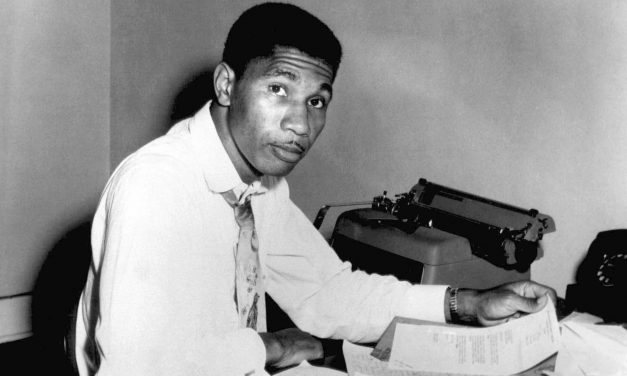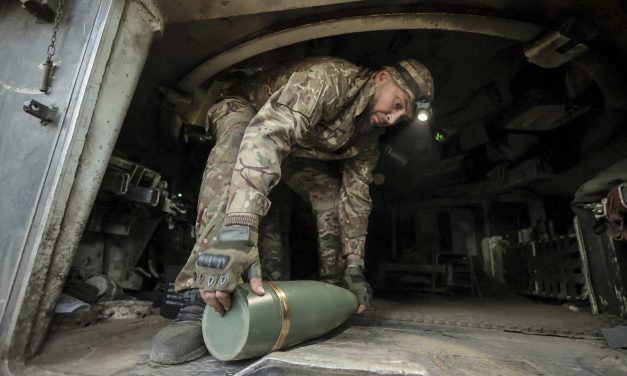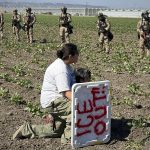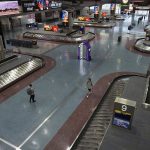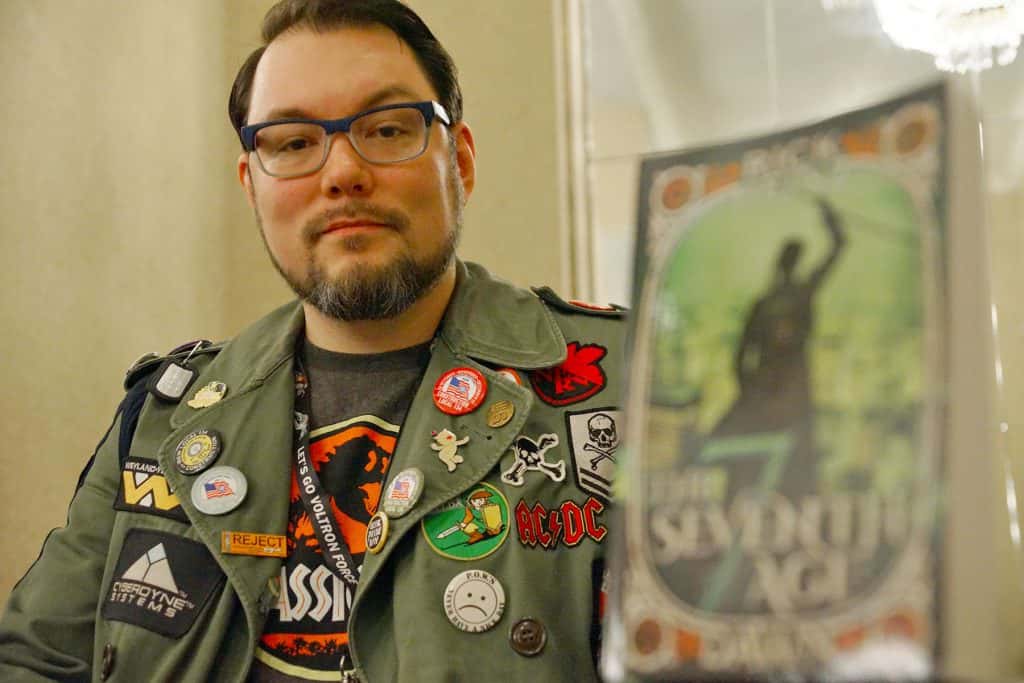Decades after Medgar Evers was assassinated his daughter warns political violence is still at work
More than 60 years after a white supremacist assassinated civil rights leader Medgar Evers, his daughter still sees the same strain of political violence at work in American society. “It’s painful,” said Reena Evers-Everette. “It’s very painful.” Evers-Everette was 8 years old when her father, a field secretary for the NAACP, was shot to death in the driveway of his home in Jackson, Mississippi. A few months after Evers’ killing in 1963, President John F. Kennedy was gunned down. The deaths of civil rights leaders Martin Luther King Jr. and Malcolm X, and U.S. Sen. Robert F. Kennedy followed...
Read More
